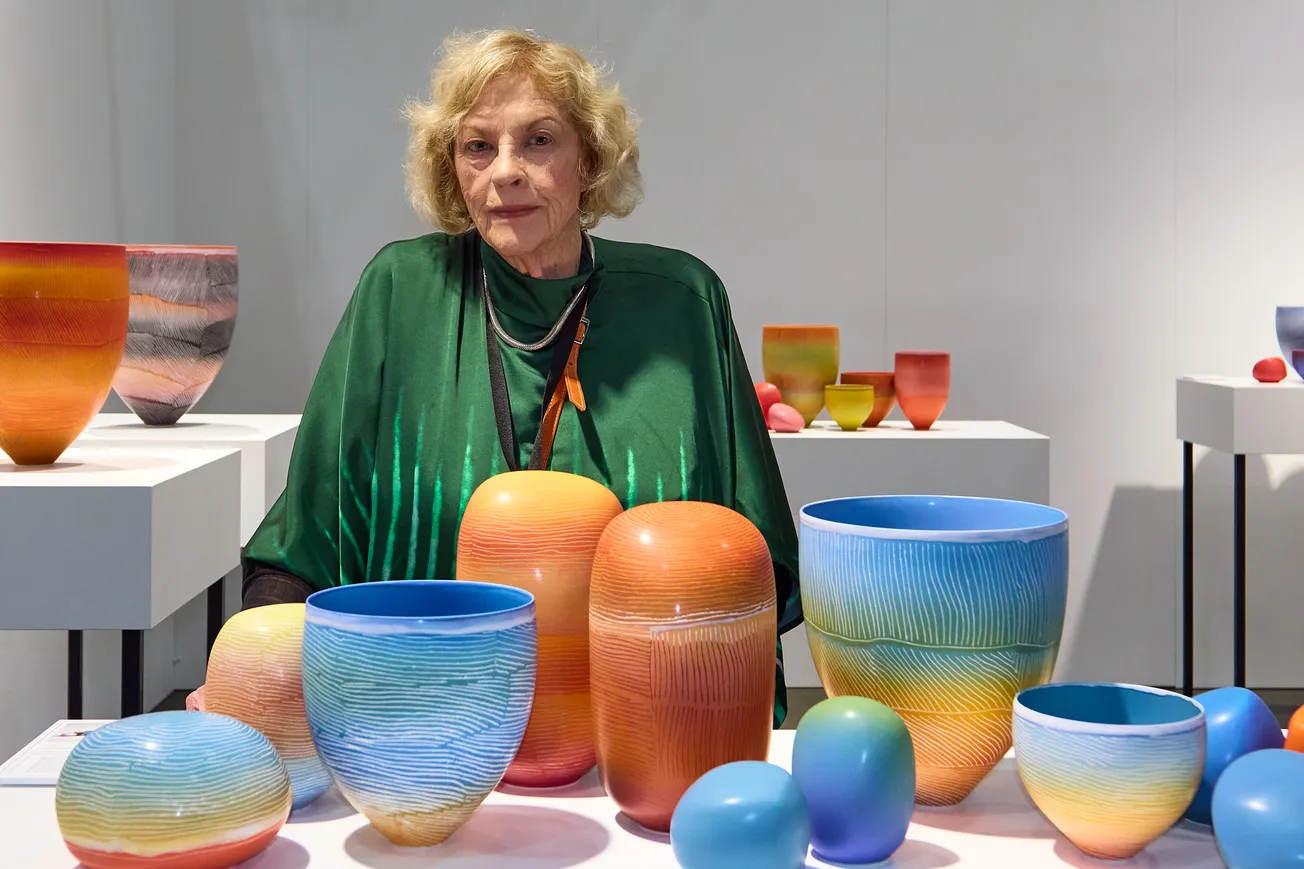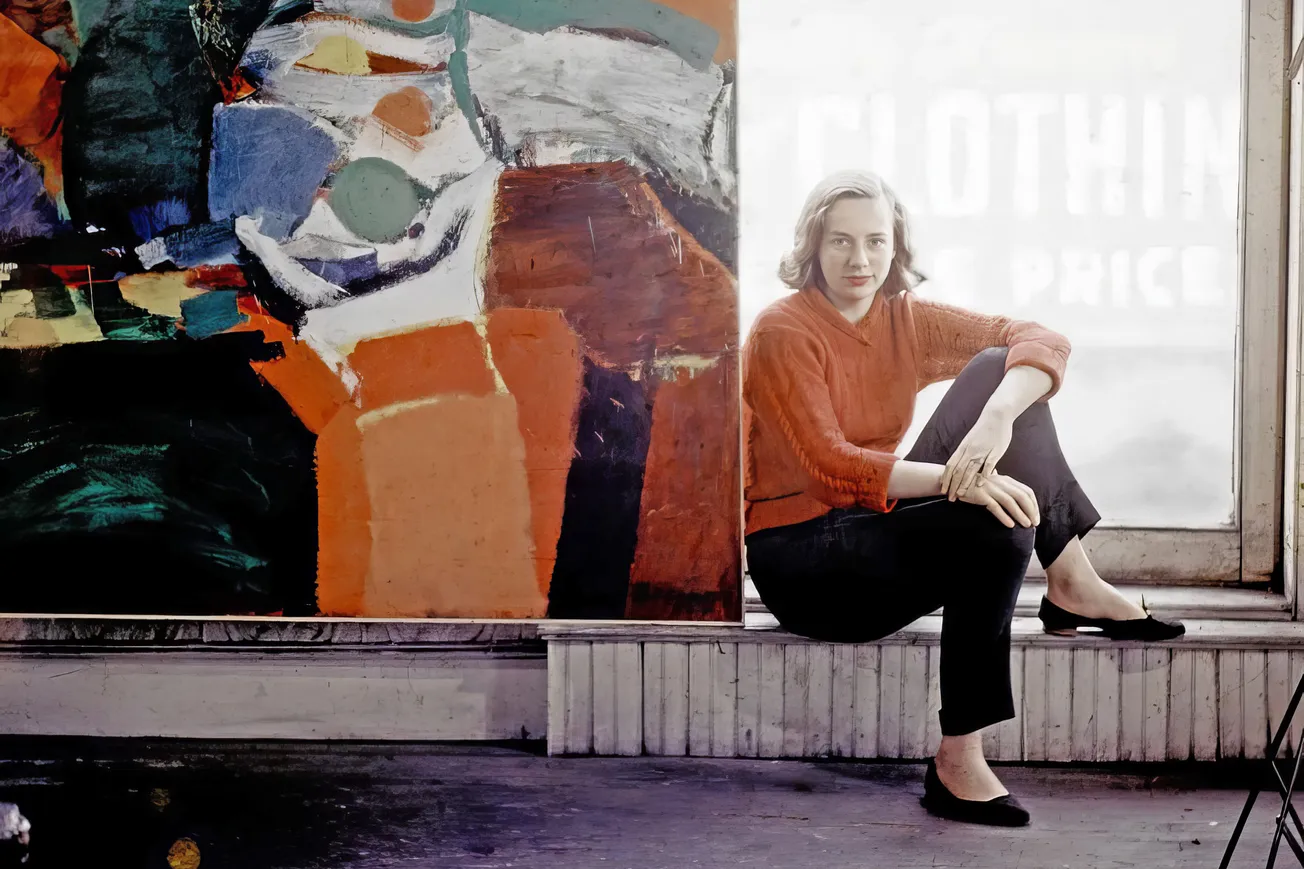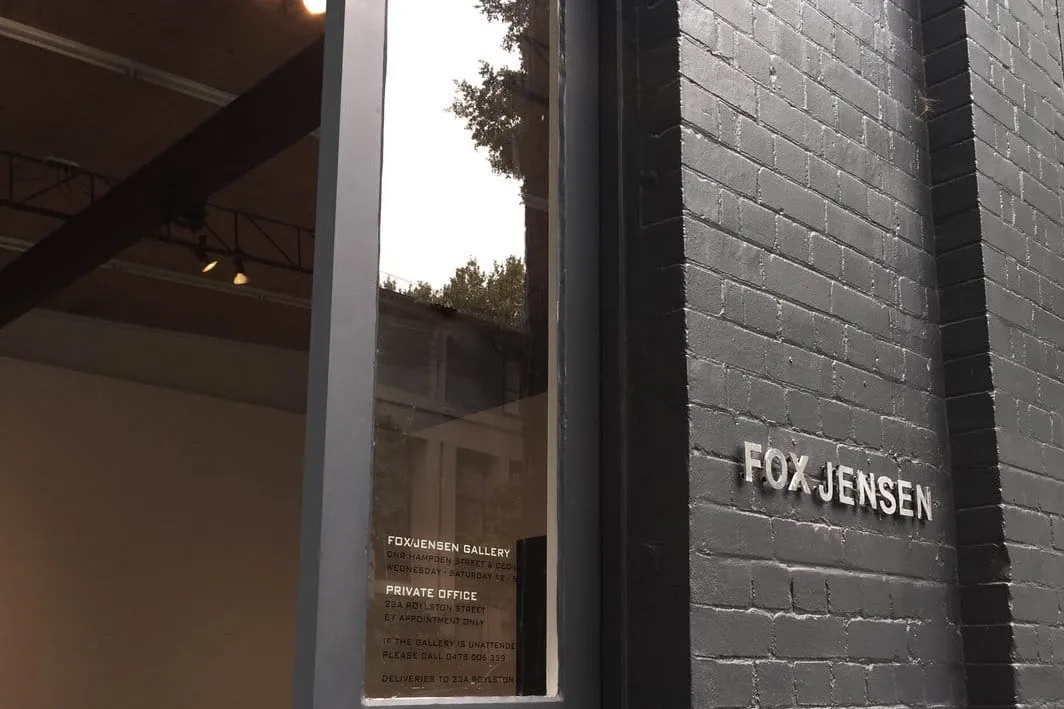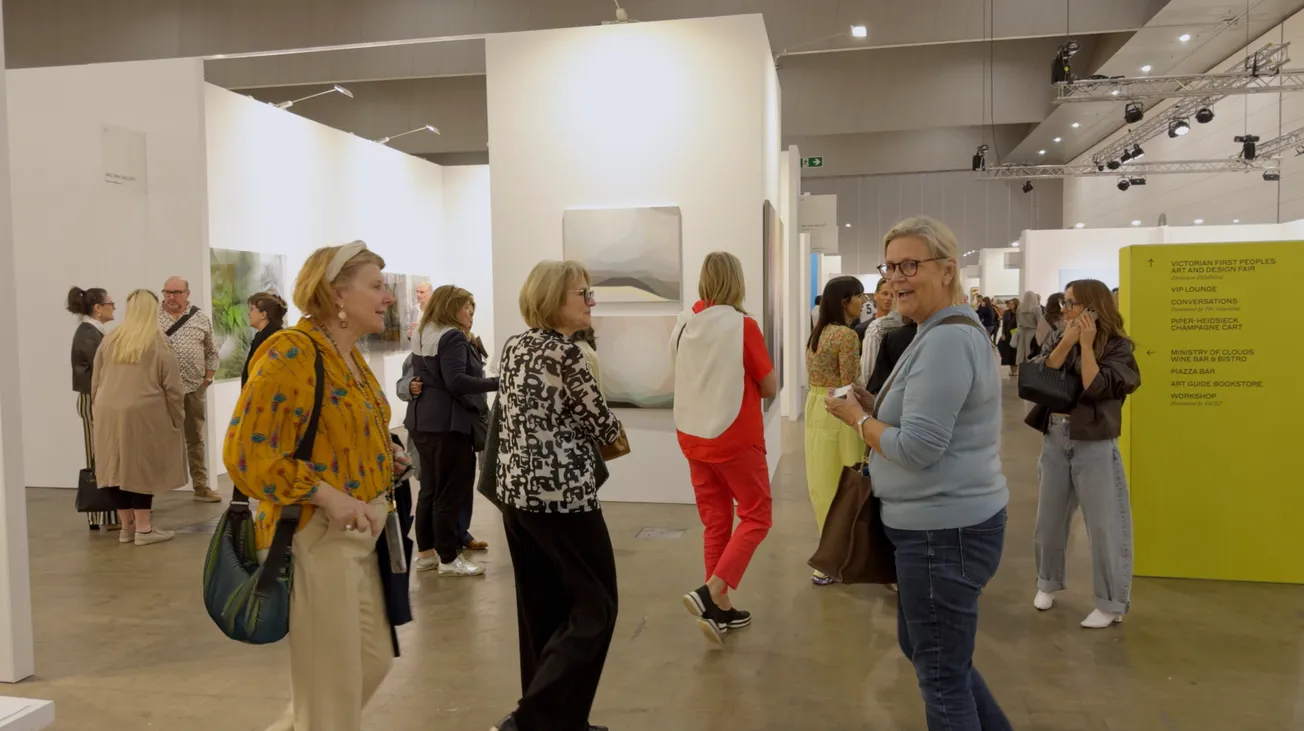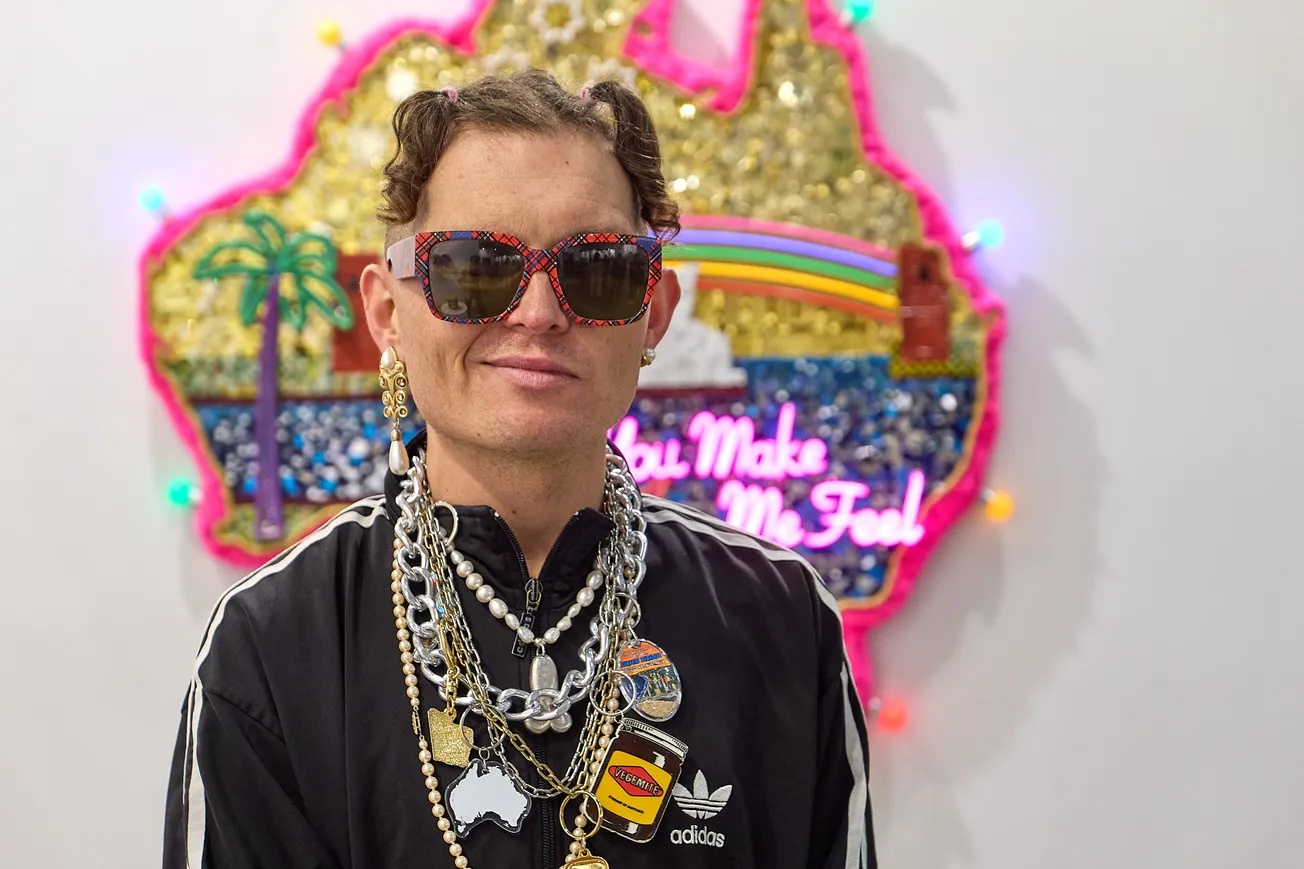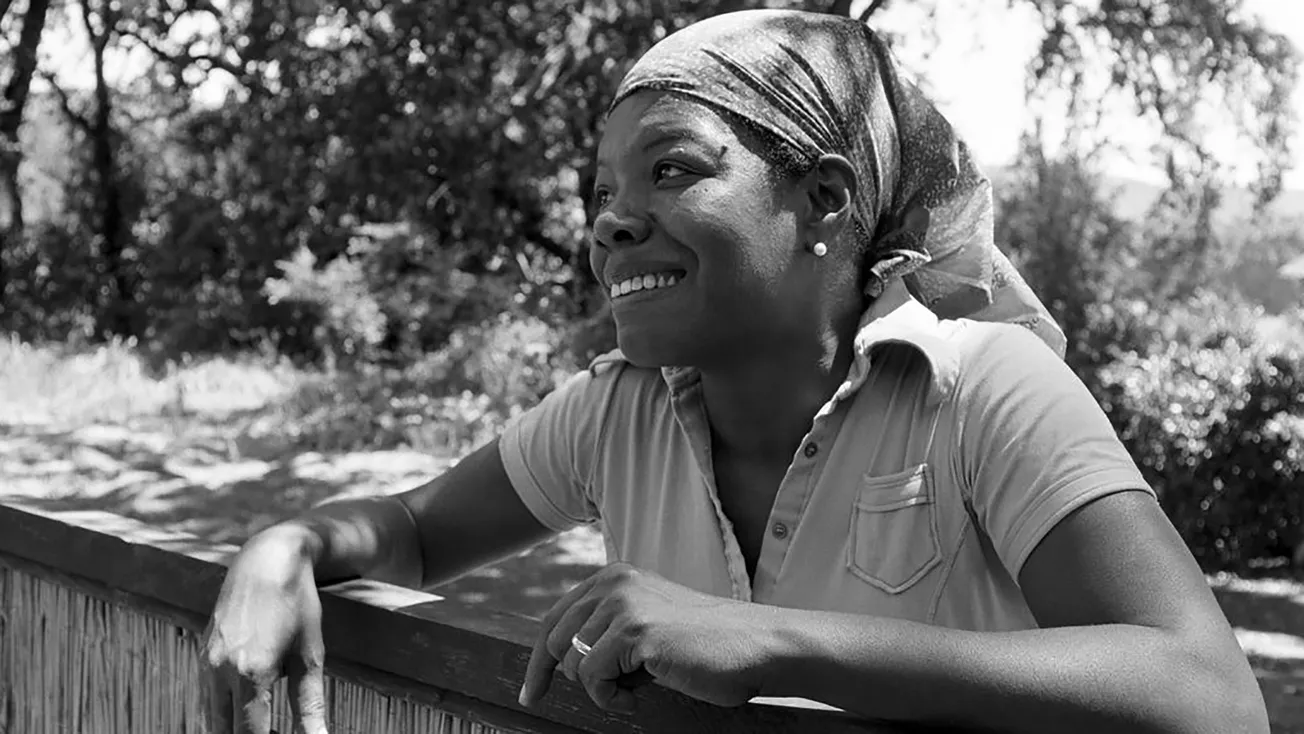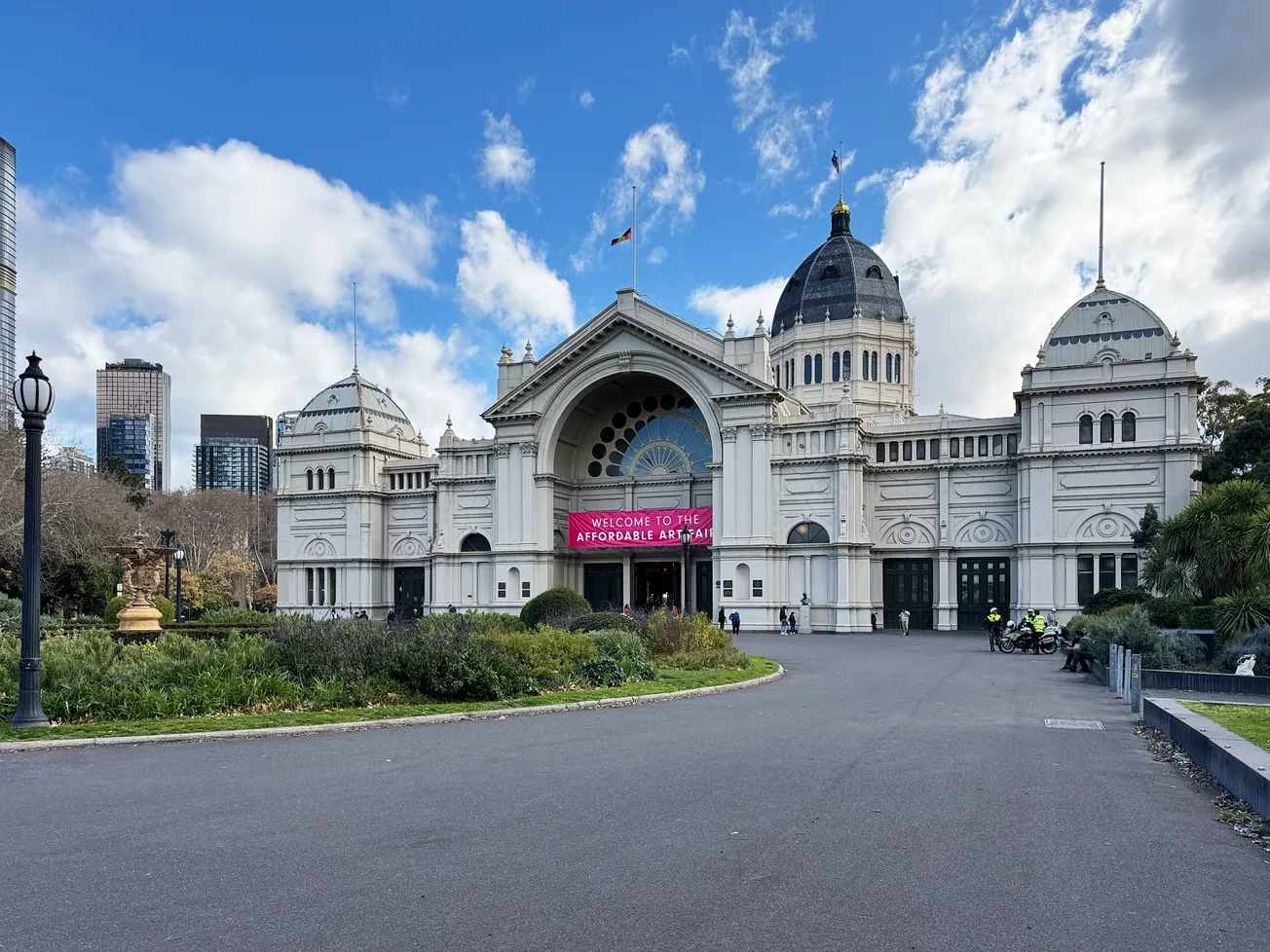Table of Contents
| Title: | Sabbia Gallery - Pippin Drysdale |
|---|---|
| Duration: | 02:26 |
| Year: | 2025 |
| Production: | Handmade Films (Australia) |
| Production Crew: | David Silva, Alex Ballingall, Ben Chew, Luca Rabak |
At the 2025 Melbourne Art Fair, Sabbia Gallery made a quietly powerful statement with its solo presentation of Pippin Drysdale’s latest body of work, Remembered Landscapes. Known for her ability to transform porcelain into vessels of colour, memory, and place, Drysdale once again demonstrated why she remains one of Australia’s most celebrated ceramic artists.

The stand was a calm but magnetic presence among the visual noise of the fair. Visitors were drawn into a more intimate space, where Drysdale’s porcelain forms seemed to hum with the subtle energies of the Australian landscape. Her newest series, Breakaway Series III, stood at the centre of the presentation. These vessels, both delicate and resilient, carried on their surfaces intricate networks of colour and line—evocative of dry riverbeds, ancient rock formations, and the tracery of native flora. The muted ochres, greens, deep blues and iron reds spoke to a profound sensitivity to the Australian environment, not in a didactic or literal way, but through a language of abstraction that felt both contemporary and timeless.
Drysdale’s surfaces are never simply decorated; rather, they are etched, incised, and layered. In works such as Irribiddy Well and Pincushion Protea, she used techniques that require an extraordinary level of technical mastery: carving through layers of coloured glaze and manipulating the porcelain so that it seems at once fragile and enduring. Each mark tells a story—of place, of memory, of belonging. Yet her pieces never rely on narrative alone. They possess an internal rhythm, a formal beauty, that allows them to stand independently as sculptural objects.

Anchoring the booth was Drysdale’s Geode Collection, a 24-piece installation that unfolded like a geological story across the display surface. Each form, modest in scale but powerful in presence, built upon the last, creating a sense of movement through time and place. Together, they suggested a series of moments captured from the shifting earth—miniature monuments to the complexity and transience of nature. The arrangement invited viewers to slow down, to walk the line of the display, to encounter each piece individually and as part of a larger, evolving whole.
While the surfaces and forms paid tribute to Australia’s deserts, coastlines, and woodlands, the emotional weight of Drysdale’s work came from its sense of memory—how landscapes are not just places we pass through but are etched into who we are. Remembered Landscapes was less about topography and more about experience: the feeling of hot wind against skin, the long quiet of an empty plain, the shimmer of distant salt lakes. In this way, Drysdale’s ceramics were less souvenirs of place and more acts of translation, bringing the intangible aspects of the land into tangible, physical form.
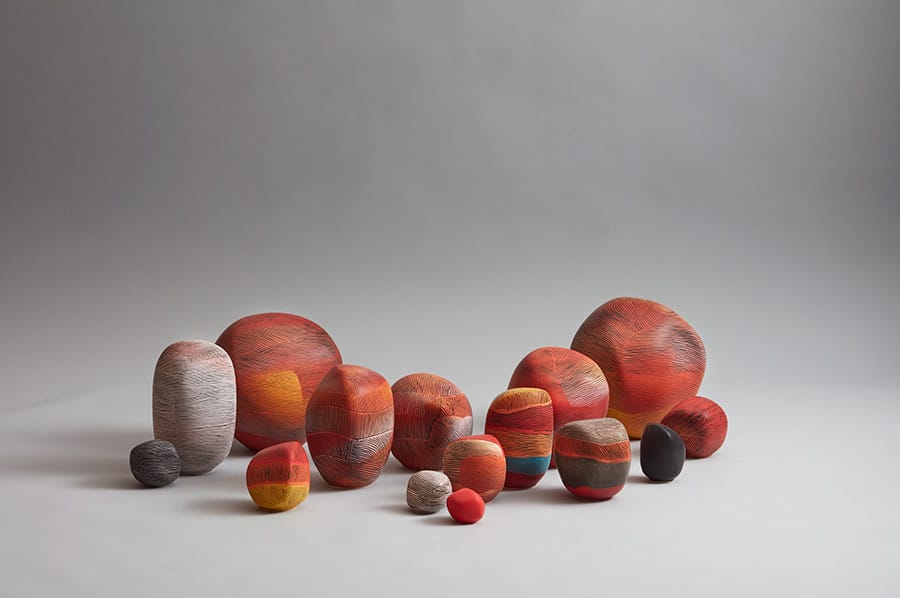
Sabbia Gallery’s decision to present Drysdale alone—without a clutter of competing artists—allowed for a deep, undistracted engagement with her work. The restraint of the curation mirrored the discipline in Drysdale’s own practice. It gave viewers space to experience the emotional resonance of the pieces, to appreciate the technical virtuosity behind their making, and to reflect on the connections between land, art, and memory.
In the context of the Melbourne Art Fair, often a high-energy environment of competing visual stimuli, Sabbia’s stand offered something rare: a space for contemplation. Through Pippin Drysdale’s remarkable ceramics, the booth became an oasis, a place where viewers could reconnect not just with contemporary Australian art, but with the deeper landscapes that shape it.
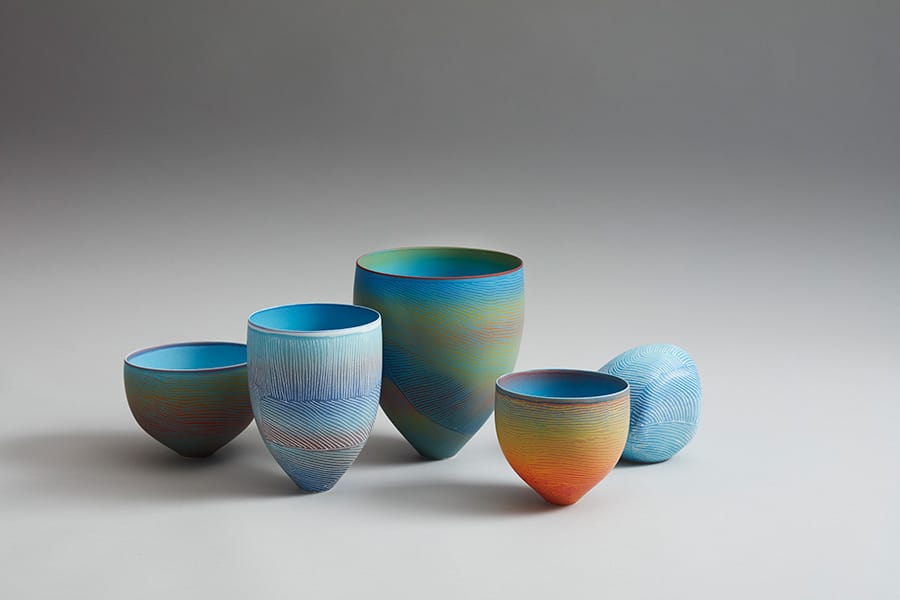
Drysdale’s showing was a reminder that ceramics, often dismissed as a minor form, can carry the same conceptual and emotional weight as painting or sculpture. Her vessels were not merely beautiful objects but acts of cultural memory, reframed and reimagined for a contemporary audience. Sabbia Gallery’s presentation was a masterclass in how quiet, focused curation can leave a lasting impression.

